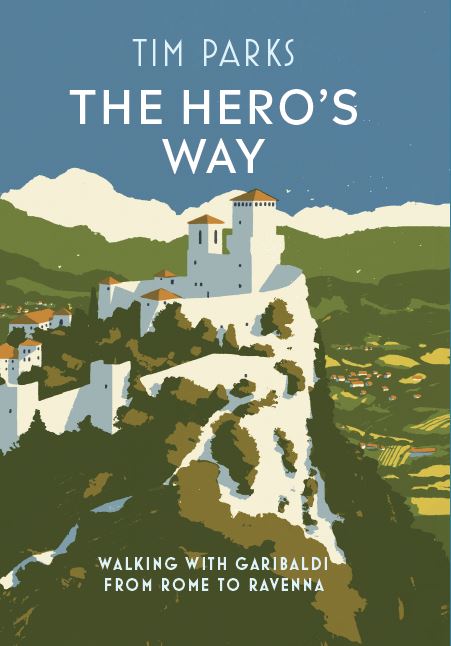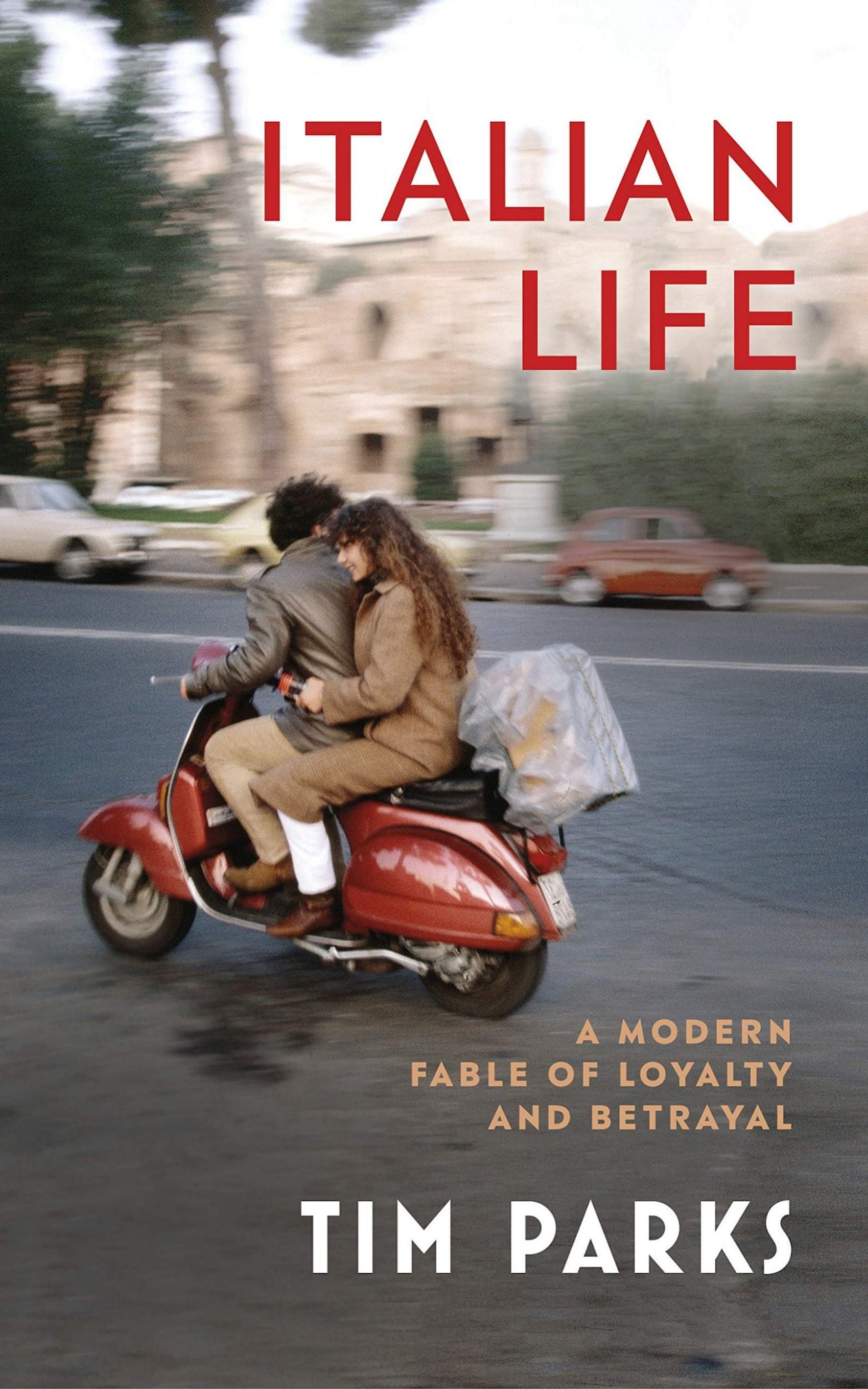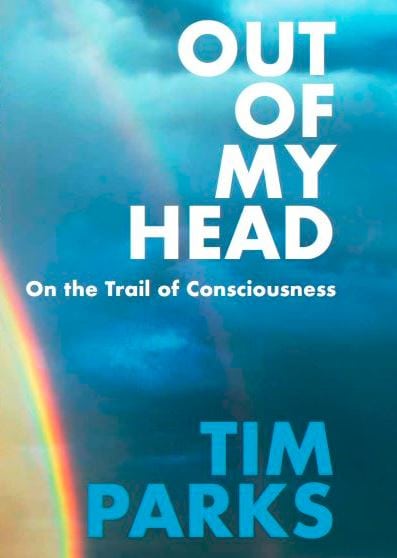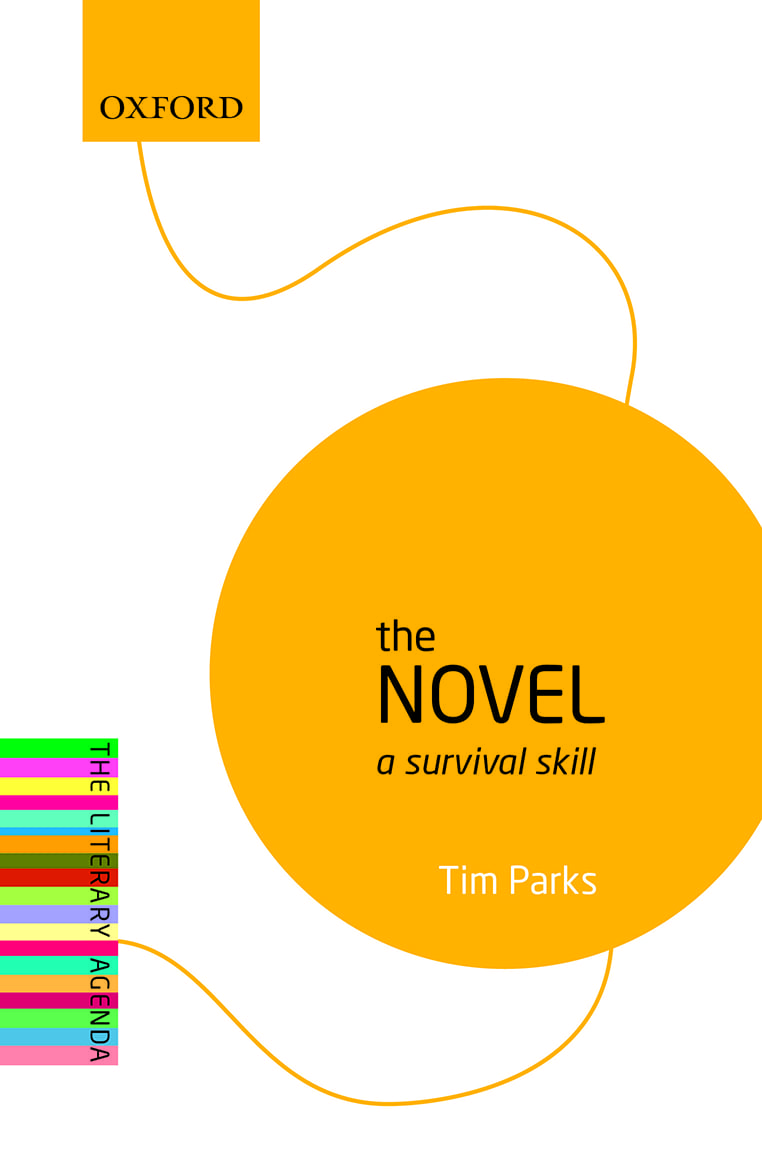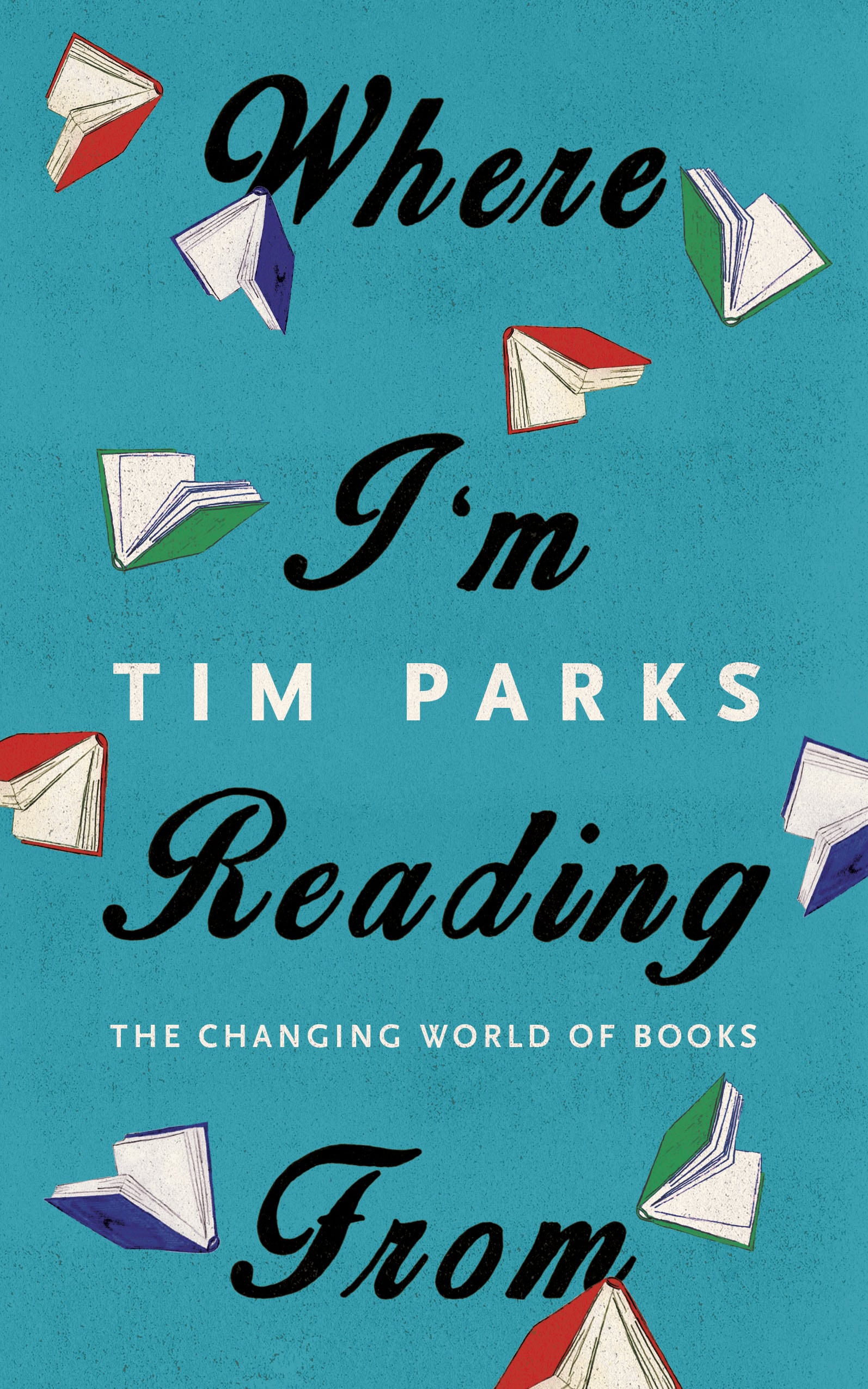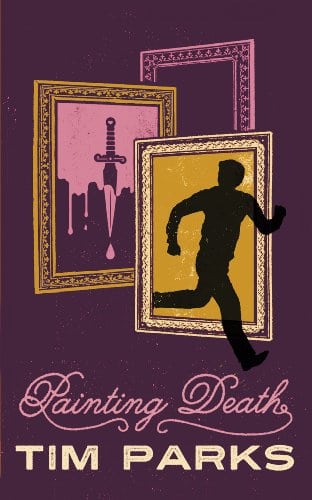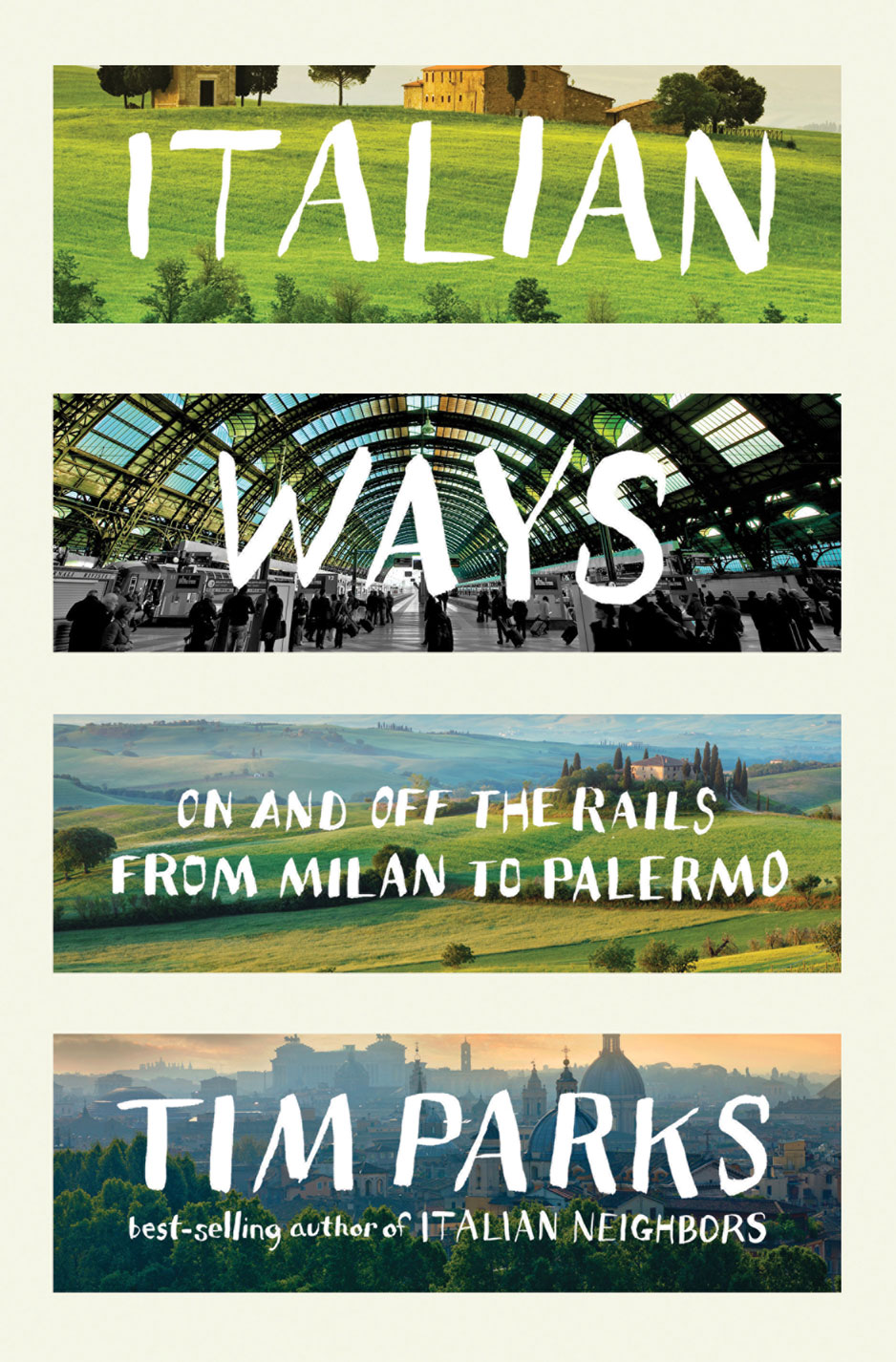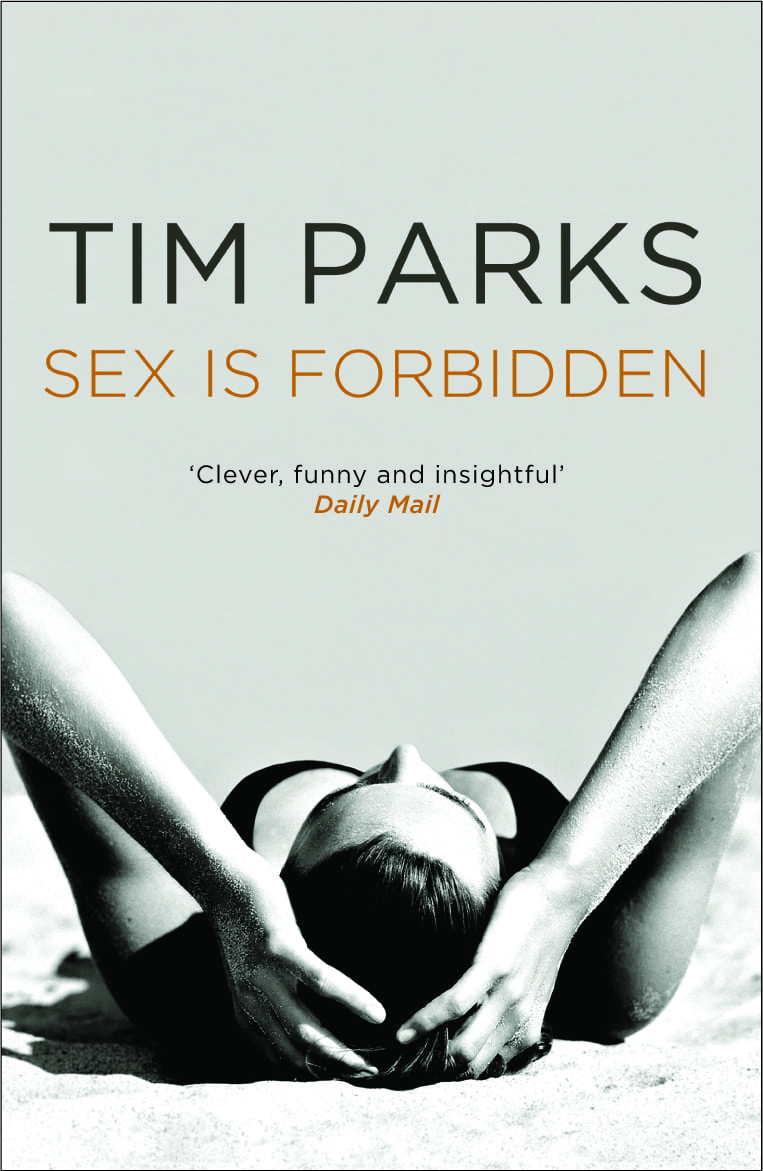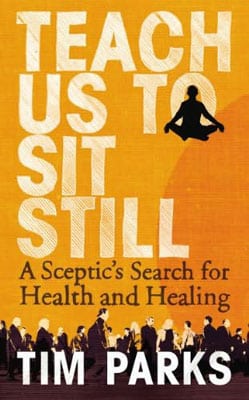Suddenly you are looking in his eyes. Officially they’re brown, but for you they’ll always be blue. He is speaking in a soft, seductive voice. Glory if you follow, eternal shame if you don’t. Rome or Death. In a moment your destiny shifts. Incredibly, you have volunteered. You are given a red shirt an obsolete rifle, a bayonet. You are taught to sing a hymn full of antique rhetoric recalling a magnificent past, foreseeing a triumphant future. You learn to march at night under all weathers over the most rugged terrain, to sleep on the bare ground, to forget regular meals, to charge under fire at disciplined men in uniform. You learn to kill with your bayonet. You see your friends killed. You grow familiar with the shrieks of the wounded, the stench of corpses. If you turn tail in battle, you will be shot. Those are his orders. If you loot you will be shot. You write enthusiastic letters home. You have discovered patriotism and comradeship. You have been welcomed by cheering crowds, kissed by admiring young women. Italy will be restored to greatness. From Sicily to the Alps your country will be free. Then, with no warning, it’s over. A politician has not kept faith. An armistice has been signed. Your leader is furious. You hardly understand. Rome is still a dream. Disbanded, you receive nothing: no money, no respect, no help to find work. But years later when he calls again, you go. You will follow him to your death.
Such was the experience of many thousands of Italians who volunteered to fight with the insurgent, adventurer and patriot Giuseppe Garibaldi in the series of uprisings, battles and full-scale wars that finally brought about a unified and independent Italy in 1860. The long and mountainous peninsula had been broken up into a dozen and more states after the collapse of the Western Roman Empire in the fifth century. Through the late Middle Ages and the early Renaissance these had at least been run by Italians, but around 1500 French, Spanish and later Austrians armies moved in to place client monarchs on Italian thrones and in some cases to annex territory directly.
Briefly united under Napoleon, the peninsula was divided again after his defeat, so that in 1816 there were actually eight separate ‘Italian’ states. By far the largest and most depressingly backward of these was the Kingdom of Two Sicilies which stretched from the furthest toe of the Italian boot north almost as far as Rome and was ruled by Bourbon Kings originally imposed by Spain. In the north-east, the area from Venice to Milan was held by the Austrians, while to the west, the only powerful, Italian-run state, Piedmont, had its capital in Turin. In the centre were four small and puny duchies.
But what really made the prospect of Italian unification problematic was that a large area of land from Rome on the Tyrrhenian Sea across to the port of Ancona on the Adriatic and north as far as Bologna – the so-called Papal States – was held and governed by the Pope who was thus both a spiritual and political ruler. Nationalist movements, of course, gain great impetus when allied to the religion of the people and able to insist on the divine right of their struggle. That could not happen in Italy. Any attempt to unite this most Catholic of countries would have to be achieved in opposition to Catholicism and to a Papacy whose territorial integrity was traditionally guaranteed by the great nations of France, Austria and Spain. This conflict between the interests of church and country was something that would dog Italian public life right through to the Mussolini era and the Second World War. Even today the Vatican is frequently accused of interference in the sovereignty of the Italian parliament.
By the 1830s two very different forces had begun working to disturb the status quo and bring Italy together. On the one hand were the revolutionaries led by the tireless propagandist Giuseppe Mazzini, a man who spent most of his life in exile in London. Fanatically republican and democratic, Mazzini set up a secret society, Young Italy, whose aim was to start popular insurrections all over the country, throw out existing political leaders, and set up a single, liberal progressive state. To join Young Italy meant accepting life as an outlaw and quite possibly finding yourself excommunicated to boot. It was the movement of a small intellectual elite.
The Piedmontese monarchy, meanwhile, had begun to see the possibility of exploiting nascent Italian nationalism to unite the peninsula, or at least the area north of the Papal States, under the Piedmontese crown. This was self-aggrandizement in convenient and ambiguous alliance with patriotism.
Unfortunately, both projects were impractical. Every time Mazzini’s idealists started an uprising they were promptly rounded up and executed, more often than not by the Piedmontese authorities. The great majority of Italians were not interested in revolution. But while always capable of taking on a few republican hotheads, the Piedmontese army was no match for the huge and disciplined forces of the Austro-Hungarian Empire: Milan, Venice and the fertile north eastern plain remained unattainable.
More than anybody else it was Giuseppe Garibaldi who eventually managed to get these two apparently irreconcilable forces of Piedmontese expansionism and progressive republicanism to work, however uneasily, together. And it was his capacity to inspire a quasi-religious fervor in his volunteers that allowed the unification movement, or Risorgimento as it became known, to overcome Catholic piety and loyalty to the Pope.
One of the most colorful figures in modern European history, Garibaldi is the object of any number of biographies. For those who know little about his life and times, Lucy Riall’s new book Garibaldi: the Invention of a Hero is not the place to start. She takes an iconoclastic line and assumes that the reader is already entirely familiar with the icon she is destroying and the world that worshiped him. Those who would like to have the traditional picture before the dubious pleasures of seeing it deconstructed should check out Denis Mack Smith’s bland but efficient Garibaldi. A Great Life in Brief (1956) or, assuming they have time on their hands, George Macaulay Trevelyan’s wonderful Garibaldi trilogy. Written in the first decade of the twentieth century Trevelyan’s work is still in print a hundred years on because, for all its obvious pro-Garibaldi bias, it is still the best.
By any accounts this was an extraordinary life. Born in Nice (then part of Piedmont) in 1807, *the second of five children, Garibaldi was already a sailor at 15 and a sea captain at 25. *Thus far he was simply following in his father’s and grandfather’s footsteps: trading, fighting off pirates in the eastern Mediterranean, developing a cosmopolitan outlook. But in 1833, now very much under the influence of Henri Saint-Simon’s pre-socialist vision of universal brotherhood, Garibaldi met Mazzini in Marseille and joined Young Italy. All too soon he became involved in a failed insurrection, was condemned to death in absentia by the Piedmontese judiciary and fled to South America. Here he discovered a talent for guerrilla warfare, fighting first against the Brazilians for the breakaway republic of Rio Grande, then against the bullying Argentineans for tiny Uruguay. He was wounded, saw the inside of a jail, ran off with another man’s eighteen-year-old wife (Anita), formed a brigade of Italian exiles and in 1846 fought a remarkable defensive battle against far superior forces at San Antonio del Salto on the river Uruguay. Refusing all payment, he claimed to fight only for justice and freedom.
Meanwhile, back in Europe, Mazzini had taken note of Garibaldi’s achievements and begun to promote his image, setting him up as the epitome of Italian patriotism and inviting him and his so-called ‘red-shirts’ to come home and fight for a united and democratic Italian republic.
After thirteen years of exile Garibaldi hardly needed persuading and in 1848 returned to Italy exactly as Europe was set alight by a series of liberal revolutions that began in Palermo and spread rapidly to Paris, Vienna, Naples, Turin, Milan, Florence and Rome. At last the people, or some people, seemed ready to fight. Sporting a gaucho’s poncho, flowing hair and gorgeous beard, Garibaldi joined Milanese revolutionaries, who, in alliance with the Piedmontese army, were attempting to push the Austrians out of Lombardy. With a hastily collected group of volunteers he won a skirmish or two around Lake Como before the Piedmontese army collapsed and he was forced to flee over the mountains to Switzerland.
Italy was in chaos. As Jonathan Keates recounts in his fine book The Siege of Venice (2005), the great wave of liberal and nationalist feeling that had prompted so many Italians to take up arms was everywhere undermined by a confusion of competing agendas. Many of the rebel cities were spending more time arguing about an eventual form of government – federal or centralized, republican or monarchist – than preparing for the inevitable enemy counter attack. Nobody seemed able to agree on what sort of Italy they wanted or what was actually possible.
Frantic to get involved, Garibaldi headed for Tuscany where he gathered together a ragged brigade of irregulars and marched them aimlessly back and forth across the snowy heights of the Apennines before finally heading south to join Mazzini and other revolutionaries who had seized control of Rome. It was here that he first made his mark on European history. On April 30th 1849 his men turned back a far superior French army sent to recover the city for the Pope. From that moment on, as Mack Smith remarks, Europe was prepared for the idea that Rome might one day be an Italian rather than a Papal city.
But once isolated and under siege, Rome could not hold out long. Again Garibaldi made a crucial decision. While other revolutionary leaders slipped out of the city on an American naval vessel, he led 4000 volunteers into the hills to continue the struggle, promising them, in one of his most famous speeches, nothing but “heat and thirst by day, cold and hunger at night… exhausting vigils, extreme marches, fighting at every step.” ’
Pregnant wife Anita beside him, pursued by Austrian and French forces, Garibaldi marched east and north across the Apennines in the hope of reaching revolutionaries still holding out 350 miles away in Venice. As always, he traveled by night taking the highest passes and following the most arduous paths. Constantly harassed by the enemy and hardly helped by the local population, most of his men deserted. Garibaldi disbanded the remaining group in neutral San Marino and headed on alone, only to lose Anita to illness near the Adriatic coast at a moment when the Austrians were right on their heels. With barely time to bury her in a shallow grave, he fled back across the mountains this time to the Ligurian coast where the Piedmontese authorities, nervous of French and Austrian reaction, forced him once more into exile. More than anything else it was the combination of that one great victory against the French and then this odyssey back and forth across the mountains that raised Garibaldi’s reputation in many Italian minds to the status of myth. He was stubborn, indomitable and very, very lucky.
Depressed by defeat and bereavement, Garibaldi crossed the Atlantic to New York, found work in a candle factory on Staten Island, then captained a merchant ship on a voyage to China and Australia, before returning to Italy in 1854. When his brother died, he used a small legacy to buy himself part of the tiny and barely inhabitable island of Caprera (off Sardinia). As a choice of home, it underlined both his open-air virility and his determinedly independent spirit, adding to the atmosphere of romance and expectation that was intensifying around his name.
Garibaldi had now broken with Mazzini. The failures of ‘48 had suggested that any move towards unification must have a clear and practical project for running the country after the status quo had been overthrown. Given the strength of the church and other conservative forces in Italy a democratic republic was not feasible. So a group of ex-revolutionaries formed the National Society to promote a united Italy under the Piedmontese throne. Staunchly republican himself, Garibaldi was nevertheless one of the first signatories. Progressive political ideas, he decided, would have to be left until after unification. Meantime, he placed his reputation and military skill at the service of Piedmontese King Victor Emmanuel II, enlisting volunteers to fight beside regular forces whenever the opportunity arose. In the late 1850s idealistic, would-be fighters, most of them young, educated middle-class men, began to flock into Piedmont in their thousands.
It was an ambiguous situation. Victor Emmanuel and his Prime Minister Camillo Cavour were eager to have the support of Italian nationalists and to give the rest of Europe the impression that Risorgimento fever was now unstoppable. On the other hand they did everything to make sure that these men were not well armed, would not be decisive in battle and would have no say in the running of Italy after unification. When, in 1859, a war was provoked that saw Piedmont and France lined up against Austria, Garibaldi was kept well clear of the main battlefront in the Lombard plain and sent north to the lakes and mountains where he won a series of impressive but minor victories before the French brought a sudden halt to proceedings by making a separate treaty with the enemy. Piedmont did gain Lombardy and managed to annex the four small central Italian duchies, but for the moment the unification process was stalled, leaving Garibaldi and other nationalists disappointed and angry.
*All the same, Garibaldi’s huge personal charisma had been amply confirmed. “When Garibaldi passed through a village,” wrote one local commissioner, “… you would not have said he was a general but the head of a new religion followed by a crowd of fanatics. The women, no less enthusiastic than the men, brought their babies to Garibaldi that he should bless and even baptize them. … Garibaldi would speak with that beautiful voice of his… ‘Come! He who stays at home is a coward. I promise you weariness, hardship and battles. But we will conquer or die.’ They were not joyful words, but when they were heard the enthusiasm rose to its highest. It was delirium.” “It is no exaggeration to say,” reported the British military attaché George Cadogan, “[that] he could make his followers go anywhere and do anything.”
Having returned to Caprera, Garibaldi’s life at this point was a bizarre mixture of extreme frugality, severe rheumatism, celebrity, cigars, political conspiracy and romantic complications. With three surviving children by Anita, and a new baby by his maid in Caprera, he was in intimate correspondence with six women simultaneously, in particular the eighteen-year old Giuseppina Raimondi whom he married in January 1860 and renounced the same day when he discovered that she was some months pregnant by one of his own officials. To add to his discomfort, he now heard that his home town of Nice was to be handed over to the French in return for their participation in the war against Austria. Furious, Garibaldi got himself elected to the parliament in Turin which he then addressed in the most aggressive terms, but to no avail. So he was in an evil mood when, in April, he was invited to go and support a small uprising in Sicily. “Everything crushes and humiliates me,” he wrote in a letter on April 25th. “I have only one remaining desire: To Die for Italy; and this destiny, these dangers I will risk earlier than expected.”
Garibaldi set sail from Genoa with a thousand volunteers on May 6th. “Italy and Victor Emanuel,” would be their battle-cry. It was the turning point. In an astonishing series of engagements against the forces of Bourbon King Francesco II, Garibaldi consolidated a position to the north west of the island, captured the city of Palermo, crossed the strait of Messina to Reggio Calabria, pushed three-hundred-and-fifty miles north to take Naples, then the largest town in Italy, and finally, on September 30th, commanded an army of 24,000 volunteers in a complex defensive battle against the regrouped and ever superior Neapolitan army south of the river Volturno. Despite defending a vulnerable front of more than twelve miles, he won.
At this point, the temptation was to head for Rome and destroy the temporal power of the papacy for good. But in the meantime the Piedmontese army, had marched down from the north across the Papal States, declaring, with sublime hypocrisy, that this was the only way of protecting Rome and the Pope from the ‘revolutionaries’. The road to the eternal city barred, Garibaldi handed over all his territorial gains to the Piedmontese king, thus uniting Italy from north to south. Asking only a small pension in return, he then withdrew to Caprera where he would soon be having three more illegitimate children with the governess of the first.
*The surrender of the south, won by insurrection, to the north captured by the Piedmontese army, was no doubt the moment of maximum tension between the heterogeneous forces that had been fighting to unite Italy. And Garibaldi was the man in the middle with the power to decide between unity and civil war. The captains and advisors he had gathered round him in his many campaigns were republican by conviction and eager to capitalise on their victories. Garibaldi himself was reluctant to renounce the glory of taking Rome. He had introduced many liberal reforms in his brief dictatorship of the south and must have understood that they would be revoked under Victor Emmanuel. Both Mack Smith and Riall consider his unconditional surrender of all conquered territories a crushing political defeat, equal almost to the previous military successes.
*On the other hand, the decision to hand over the south was inherent in the policy Garibaldi had long ago adopted of supporting Italian unity under the Piedmontese crown. Not to have behaved as he did, having fought in the name of Victor Emmanuel would have been confusing to say the least. Nor is it clear how Garibaldi could have ensured that any liberal concessions extracted from the king as conditions for the handover would actually be enforced. “If one must concede, it is better to do so with good grace,” he wrote to Mazzini.
It wasn’t the end of his career. In 1861 he wore a red shirt, white cloak and Spanish sombrero to complain to parliament about the government’s disgraceful treatment of his volunteers who had not been integrated into the national army. In 1862 he was seriously wounded in another unofficial attempt to take Rome. In 1864 he visited London and found half a million people lining the streets to cheer him. By now the most popular man in Europe, his charisma was still intact. “Many of us [can] never forget the marvelous effect produced upon all minds by his presence,” declared Gladstone, then British Chancellor of the Exchequer.
In 1866 Garibaldi fought in another war to gain Venice and the Veneto from the Austrians and in 1870 joined French republicans to fight in their war against Prussia. Over the next decade he would front a campaign to redeem Rome (now at last in Italian hands) from malaria by diverting the filthy Tiber away from the city center, completed a long memoir and three novels, and meanwhile proclaimed the need for the emancipation of women, free education for all, independence of mind, the end of the papacy, the end of war, *the abolition of the death penalty, universal suffrage, a united democratic Europe and other unacceptable ideas. Dying in 1882, he ordered that his body be cremated on the beach in Caprera. ‘Plenty of wood for the pyre,’ was his last exhortation. Abhorred by the church, cremation was illegal and these last wishes were not respected.
Such a full and intense life could not but be accompanied by rumor, adulation, denigration and an endless stream of publications: press articles, pamphlets, hagiographies, attempts to appropriate his celebrity to this or that cause, to turn his adventures into myth and money. Nor could the interest end with his death. Many major Italian movements, Fascism and Communism included, would claim Garibaldi as their forebear, while the Italian state has always sought to present him, somewhat sanitized, as the very essence of Italian patriotism.
Historians meanwhile have had to look hard to find something to criticize in the man. Trevelyan concedes that he could be hot-headed and rash and perhaps was not politically astute. Mack Smith thought *his contempt for all organized religion naïve, his temperament unstable, his clothes clownish, his belief in himself absurd. In 2005 Daniel Pick’s Rome or Death had words of censure for the hero’s treatment of his illegitimate daughter. But despite the refusal to fall into adoration, the overall verdict is invariably favorable. “Garibaldi is like no one else,” enthused Georges Sand in 1859, enthused Georges Sands in 1859. “Garibaldi is the only wholly admirable figure in modern history,” declared A.J.P. Taylor a century later.
In this sense, Lucy Riall’s book is a major departure. She sets out to show that the man’s reputation was actually the result of a “sophisticated propaganda exercise” which began with Mazzini’s need to create a Risorgimento hero and was continued by Garibaldi himself who became an able and determined manipulator of his own image. Rather than concentrating on his life and exploits, she examines the literature and illustrations of the time to see which elements were adopted to popularise the hero and how this presentation was altered to suit each new political development or according to which audience was addressed.
As Riall pushes her hypothesis to the limit, Garibaldi emerges as a rather sinister figure for whom absolutely everything was an opportunity for spin. His gaucho clothes, his high rhetorical manner, his refusal of payment in return for fighting, his habit of withdrawing from public view for long periods, even his “skill in producing displays of prodigious courage” (she means, risking his life) were all carefully calculated PR ploys. His humble lifestyle was “deliberate and staged,” his remote island retreat served to hide “the less attractive aspects of his private life and personality,” to wit that he was a “lascivious older man”. “How special was Garibaldi?” Riall eventually asks. That “is an especially tricky question to answer.” But basically, not at all. “We no longer believe in ‘Great Men” reminds us.
Much is at stake here. Men killed and went to their deaths in response to an ideal of national unity which came to be personified in the single figure of Garibaldi. Present day Italy was born from their blood. Are we to think of those men as victims of a clever propaganda campaign? Do we think the same about those who are killing and dying for national causes today: Kurds, Palestinians? What would be the consequences of such a conclusion for our understanding of our own national communities, each with its founding stories and heroes?
Having deployed a vocabulary which constantly suggests falsification, Riall makes no attempt to establish ‘the truth’. To do so, she tells us on the very last page of this overly-long book would be “to miss completely the point of [Garibaldi’s] life” which was one where “image and reality were effectively indistinguishable.” This is all very well, but why insist, then, on the notion that the man was inauthentic, as if he would rather have been wearing a dinner jacket in downtown Turin than a poncho on lonely Caprera? Surely his soldiers would have seen through such posing at once. And why not distinguish between evidently mendacious propaganda campaigns, such as the papal pamphlets telling stories of Garibaldi atrocities, and the letters home from Garibaldi’s volunteers in Sicily, all bubbling with idealism and excitement, of which Riall ungenerously remarks: “the epistolary evidence suggests a general consensus to construct … an exemplary Risorgimento narrative.” Why not compare the cult that grew up around Garibaldi with, say, that which would later support Mussolini where the gap between spin and performance was all too evident?
Riall is at her best when she looks at Garibaldi’s career after unification. Unlike most historians, she takes him seriously and is convincing about his long-term influence on Italian politics. But on the whole her book is bound to be dull because she is scared of examining what actually happened. She offers not one close account of the many battles when Garibaldi’s decisions did affect the course of history. She has nothing to say about the passions that moved him. She is deeply suspicious of any expression of collective excitement, seemingly embarrassed by accounts of his magnetic eyes and seductive voice. Everything must be deprived of its intensity and ‘deconstructed’ as self-serving or shown to be appropriated from second-rate fiction or popular illustrations, as if there wasn’t always a constant back and forth between invented narrative and the lives people create for themselves
Looking at the present international situation, the fanaticism, brutality and sheer ugliness of some forms of insurgency, it’s not hard to guess why Riall feels as she does. We must be sceptical, she seems to be saying, of any concept of heroism for such notions are tools in the hands of those seeking to manipulate our collective destiny with callous disregard for bloodshed. One can feel sympathy for this position. All the same, it might have been timely to dwell on the merits of an insurgent who did not use torture, suicide attacks or indiscriminate killing, who did not want to enslave people to a creed or regime, whose image, however carefully cultivated, encouraged people to believe in the possibility of independent thought and action, and, above all, who having achieved power by conquest handed over all his gains, as promised, without any desire to wield power long-term or even to get rich.
Riall dismisses Garibaldi’s memoirs as “undeniably badly written” Well, I deny it. They are exciting and give a powerful sense of the confusion surrounding political and military events during the Risorgimento. At one point Garibaldi remarks: “A tree is judged by the quality of the fruit it bears, and individuals are judged by the benefits they can bestow on their fellow-human beings. Being born, existing, eating and drinking, and dying – insects do all this as well. In times like those in 1860 in southern Italy men are truly alive and their lives in the service of others. This is the real life of the soul!”
One imagines the young men and women who sit in Professor Riall’s classes at the University of London. One wonders if she finishes her lectures as she does the chapters of this book with a section headed “Conclusion” in which she wearily repeats what was said in the previous pages in case you weren’t paying attention. Outside the window, perhaps, in the busy city, there is a call to arms, there are people urging us to take up a struggle. Perhaps a young man’s head lifts. He wants to be involved in the world. Should he answer the call? Should he submit to the enchantment of the embattled community? Is the struggle ugly? Is it beautiful? Is it worth a life? These questions are not resolved by deciding that all communi¬cation is propaganda.



